The Earth’s orbit is taking us further and further from Jupiter. This means that the time I get to image Jupiter gets less and less as the Earth starts to round the Sun. Less time to image results in fewer candidate video streams.
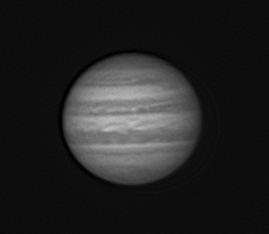
Earlier in May it was dark before Jupiter cleared my eastern treeline and, once it was dark, I was able to get as many as 57 attempts. On the 22nd, I was only able to get 9 attempts before Jupiter hit the western treeline and after processing, only 1 of the 9 met the criteria for submission to NASA’s JunoCam site.
The sky last night was one of the darkest (and clearest) we have had in quite a few weeks. I was able to get a short JunoCam series before Jupiter hit my western tree line.
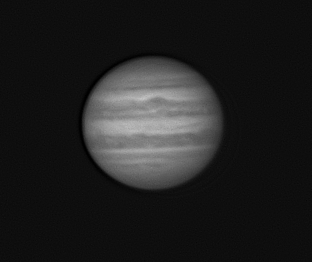
Ideally, if you want to image for an hour, the best time as far as the atmosphere is concerned, is the half-hour before the target gets to the zenith and the half-hour after it passes the zenith. But right now Jupiter gets only 55° high and is well past the meridian before the sky gets dark. That means the planet starts with less than optimal airmass and as the night progresses descends into ever increasing airmass.
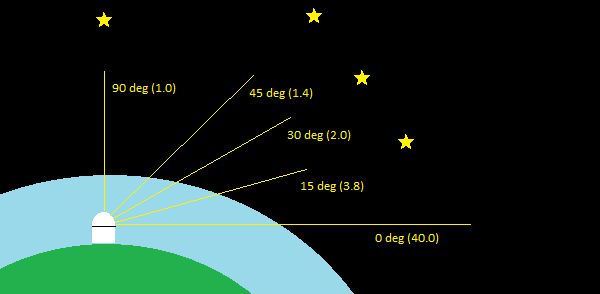
Airmass is the length of the pathway through the atmosphere that the photons from the object you are looking at have to pass. The path length above the zenith is about 100 km and the path length along the horizon is about 1020 km. By definition, airmass is 1.0 for an object directly on the observer’s zenith. The lower in the sky, the higher the airmass gets. The longer atmospheric path means more distortion, absorption and refraction.
Close to the horizon, the object doesn’t look like it really does (distortion), isn’t as bright as it really is (absorption) and isn’t where it looks like it is (refraction).
Yesterday’s rain eased off and the clouds cleared around 2300. That gave me an opportunity to open up the dome and get a short series of Saturn images before the clouds closed back in. The atmosphere was fairly steady and the images showed it. Jupiter had already set below my western tree line so I was unable to get any additional images of Jupiter for NASA’s JunoCam project.
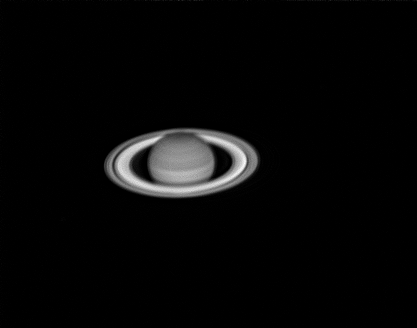
I was not the only one taking advantage of the clear sky. The other party posed for a selfie on the PTO’s all sky camera.

For the last couple of weeks the weather has not been cooperating with the PTO’s support of NASA’s Juno mission. The last two nights were clearer but the atmosphere was very turbulent. My Friday night session did not get any useful images and out of all last night’s imagery I was able to get just one.
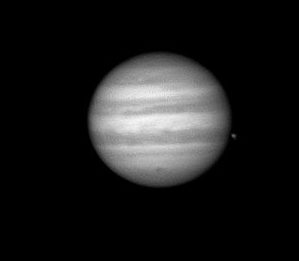
The bright spot just to the right of Jupiter is the moon Io. The other spot, a dark one, is near the bottom center of Jupiter. I originally thought is was atmospheric but a quick check with several planetarium programs revealed that the Jovian moon Ganymede is right there. It’s not Ganymede’s shadow as that wouldn’t cross Jupiter for another 4 hours.
My main scope is a Newtonian reflector which inverts the image, so South is at the top which conveniently matches the illustration below. Sky & Telescope magazine graciously gave me permission to use their Jupiter belt/zone illustration so I don’t have to try to make my own. Belts are the dark bands – zones are the light ones. As you can see, the spot (Ganymede?) is right on the southern border of the North polar region.
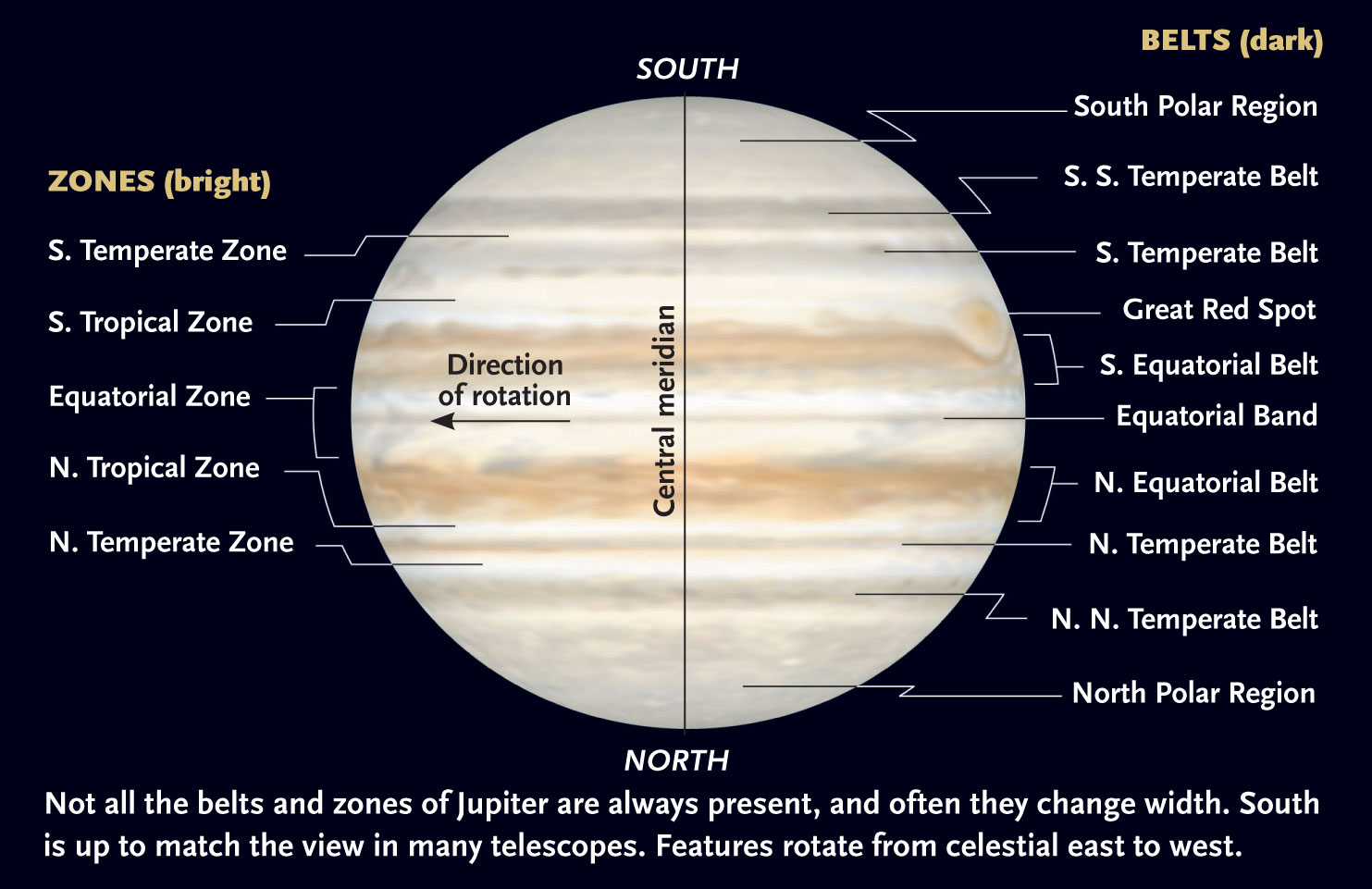
Almost any kind of Jupiter observation requires familiarity with the correct names for the various belts and zones. Here south is up; in an inverting telescope such as a Newtonian reflector, or a refractor, Schmidt-Cassegrain, or Maksutov used without a star diagonal, north will be down and east to the right. Telescopes used with a star diagonal will have north up but east and west reversed. The planet’s rotation causes features to move from east (following) to west (preceding). (c) 2015 Sky & Telescope. Used with permission.
For more Jupiter information see the original Sky & Telescope article:
http://www.skyandtelescope.com/observing/jupiter-at-opposition-3020420153/